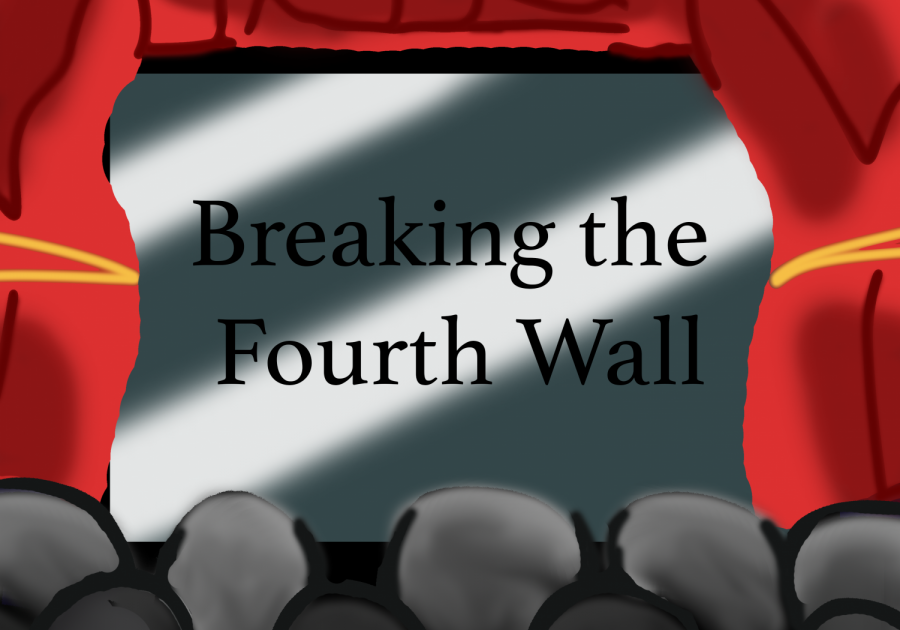“Star Wars: The Bad Batch” pilot review
May 10, 2021
The beloved animated series “Star Wars: The Clone Wars” has met its definitive end with its seventh and final season, whose series finale premiered on Disney+ May 4, 2020. While fans mourned and celebrated the show that was, for many of them, a childhood companion since its introduction in 2008, Disney surprised fans by announcing the spinoff show “The Bad Batch,” based off a group of characters introduced in the final season.
The Bad Batch refers to Clone Unit 99, an ‘enhanced’ special forces unit employed during the Clone War. Viewers met the Bad Batch when Captain Rex led a mission investigating the possible survival of ARC Trooper Echo (whose supposed death occurred in the show’s third season); the group assisted in the mission, and by the arc’s conclusion, the now-cybernetic clone joined the ranks of the Bad Batch.
The pilot, titled “Aftermath,” opened with the “Clone Wars” title logo used during its last season. The logo began to burn away, until the “Bad Batch” logo remained. The executive producer of “The Clone Wars”/series creator of “Bad Batch,” Dave Filoni, obviously did not want to leave it unclear that this series was anything but a continuation of the previous. Unlike his subsequent shows “Rebels” and “Resistance,” “The Bad Batch” shares the same animation style as “The Clone Wars.” Just like in “The Clone Wars,” all clone troopers are voiced by Dee Bradley Baker.
The story opens with another Filoni-created character, Caleb Dume (aka Kanan Jarrus). His inclusion was very interesting, yet appreciated, though the way they present his fleeing of Order 66 retcons his comic solo series’ depiction of events. It was also odd that Freddie Prince Jr. returned to voice the character, who was approximately 20 years younger than he is in “Rebels.” Some fans have taken to social media to express displeasure at his design, claiming that he appears to be whitewashed. Despite the controversies surrounding the fan-favorite, his inclusion has been an overall appreciated one nonetheless.
The story then follows four out of the five members of the Bad Batch being horrified by the actions of Order 66, with Hunter (the leader) refusing to kill Caleb. Upon returning to their homeworld of Kamino, viewers get a closer look at both the Batch’s relationship with “regs,” or regular clones, and the lasting mental affect of the chip on clones. The troopers’ armor seems closer to stormtrooper armor, leading the series closer to the time period of the Empire’s rule. Holograms appear in the second episode repeating the Empire’s new tagline “The war is over,” showcasing an interesting side to how the Empire is going about using propaganda to keep its hold on the galaxy.
Another special appearance in the premiere is Saw Gerrera. While casual fans would recognize the name from “Rogue One: a Star Wars Story,” he was initially introduced in “The Clone Wars,” and his original actor Andrew Kishino reprises the role here. The Batch’s trip to Onderon and interaction with Saw further peels back layers of the political implications that the Emperor’s takeover caused in different parts of the galaxy. “The Bad Batch” is the first opportunity that fans have had—well, ever—to explore the immediate impacts of “Revenge of the Sith” on the galaxy at large. Something that Filoni does well is broaden the scale of the larger events of Star Wars’ impacts on the smaller pieces. It is brilliant worldbuilding, and told in a way that makes it relevant.
The pilot episode was 70 minutes, but its story was altogether gripping. The animation of “The Clone Wars” has come a long way since its theatrical movie, and the skills adapted when producing the “Siege of Mandalore” arc are put to good use. Additionally, it seems that Filoni’s experience co-helming “The Mandalorian” with “Iron Man” director Jon Favreau has also upped his game, with the cinematography itself being even more theatrical.
The second episode “Cut and Run” followed up on Friday with a normally timed 27-minute episode. Though its story was understandably smaller scale, its connections with the larger galaxy and storytelling once again make it well worth the watch.
“The Bad Batch” is a worthy successor to “The Clone Wars.” Though it does not feature a lightsaber-wielder in its main cast (or perhaps at all for the remainder of the series), it is carrying on the heart of “The Clone Wars” through its worldbuilding, character development and exploration of a previously-unexplored era in the Star Wars timeline. A perfect series to bridge the gap between the Prequels and the Originals (and hopefully unite the fans of both eras), “The Bad Batch” kicked off its run with a bang, leaving much hope for its future.





